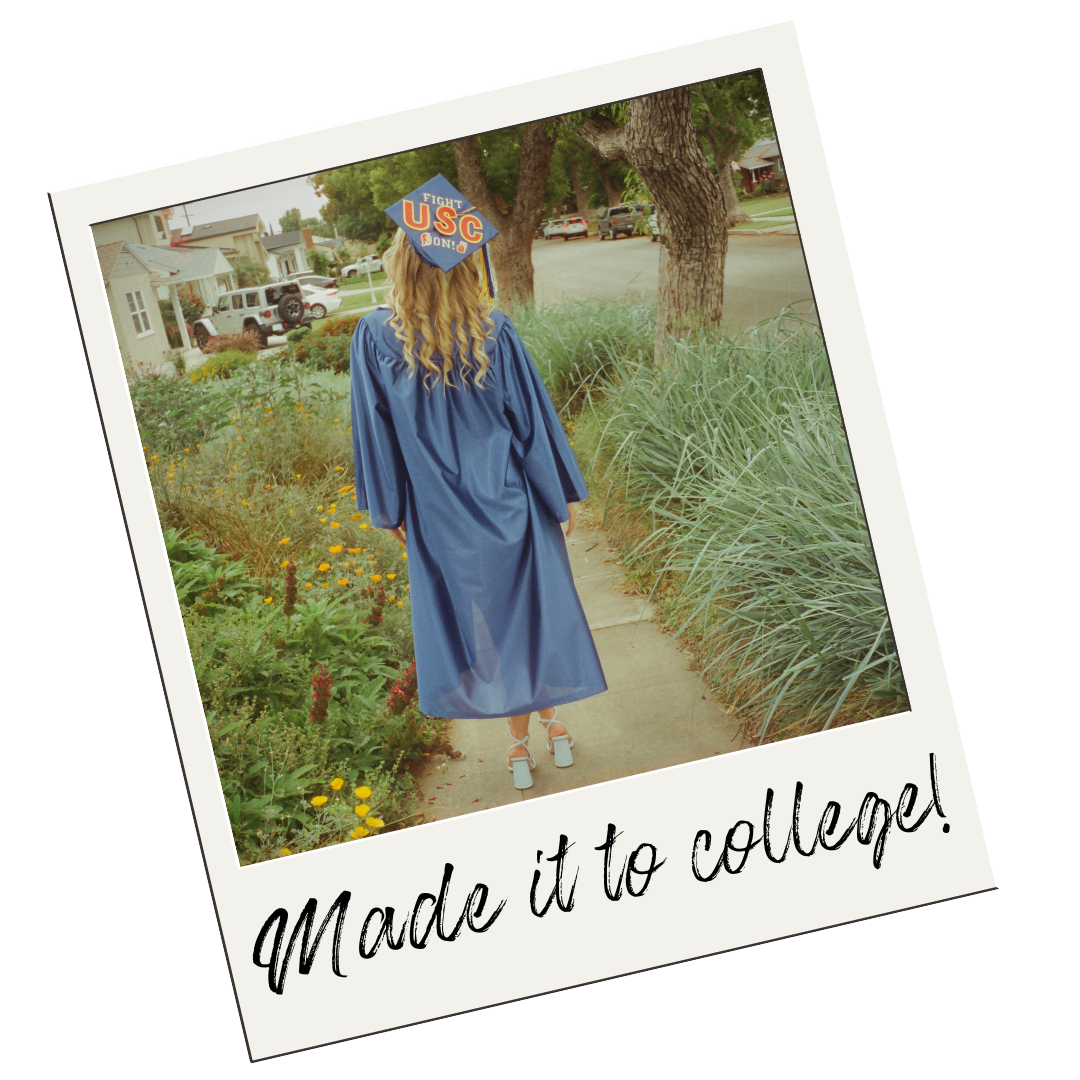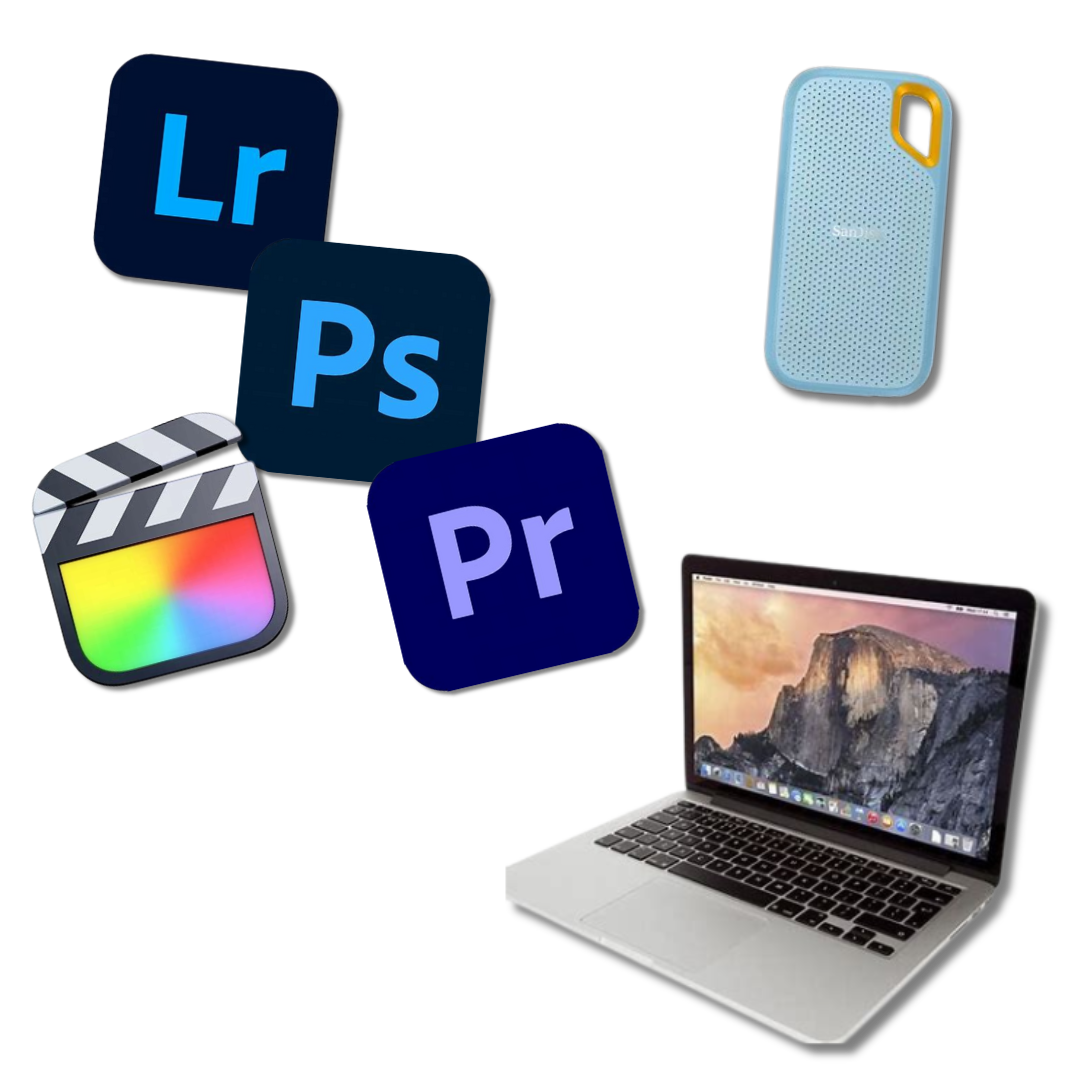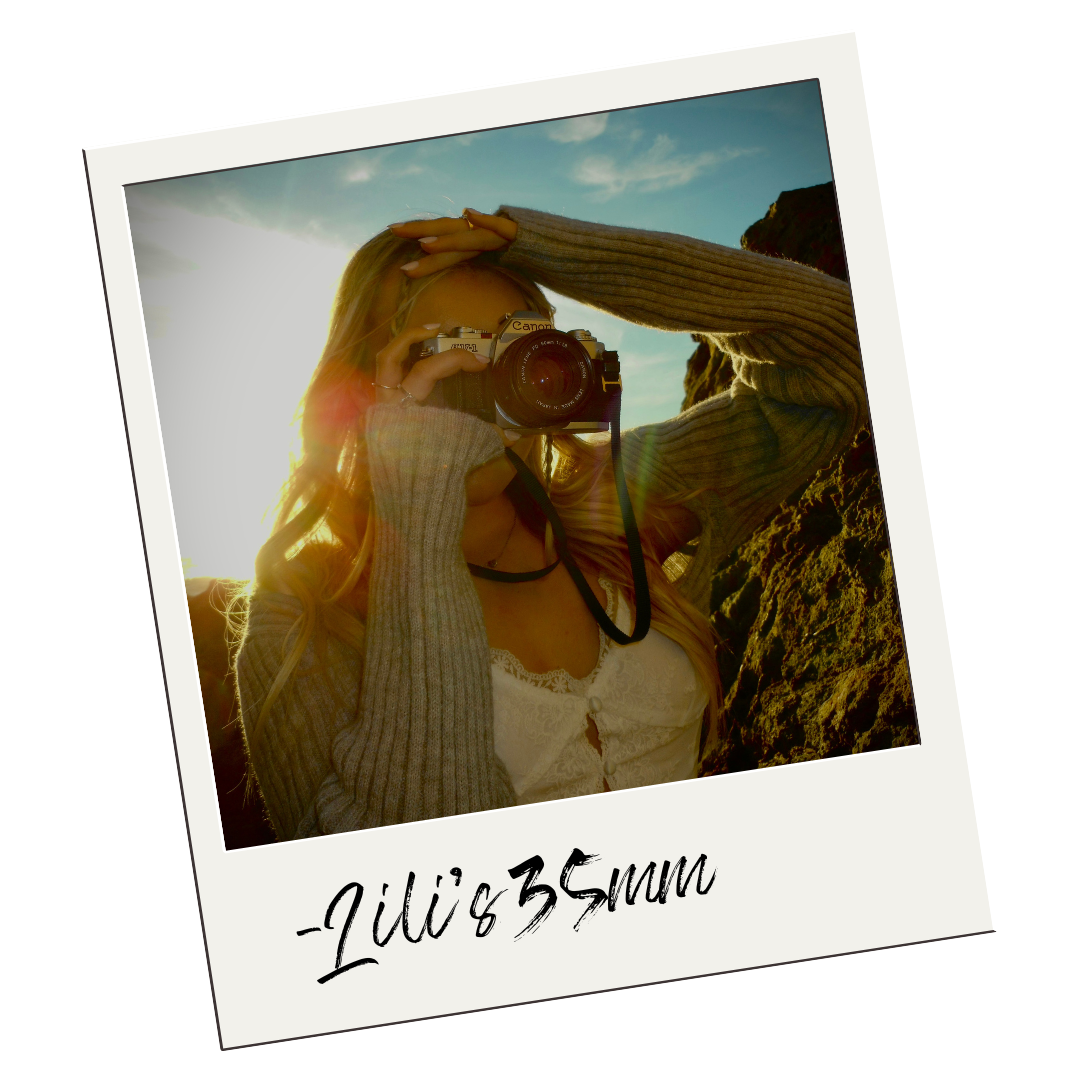what i use to shoot
un-gatekeeping my gear (and how i got here)
After numerous rejections from universities and lots of soul-searching, I received my final status update from USC. Much to my astonishment (and confusion), I got in! Weirdly, it was the only school I had applied to for Communications rather than Business.
From that day forward, I dropped my entrepreneurial expectations and trusted that staying in my hometown for college would work out somehow.
Maybe three months after decking out my closet with Trojan sweaters and merch, my dad gifted me his original 1979 Canon AV-1, a camera he had fished out from the depths of our garage, and one that his father had passed down to him many years prior.
After royally botching my first few rolls (including shooting some completely blank—user error, okay) I finally got the hang of ISO, aperture, and keeping the camera steady enough to avoid blurry shots.
Fast forward a few months, and I had launched my photography Instagram, regularly scheduling passion projects with friends.
Passion quickly turned professional.
One day I’d be shooting an album cover and the next, a lyric video.
I realized I had to expand the boundaries of the 35mm in Lili’s35mm.
There’s a lot more to the story of how I branched out into digital photography and videography, but I’m finally at a point in my creative journey where I feel confident in the gear I’ve acquired—enough so that I’d like to share it with you!
Film Cameras & Film Stock
When I’m shooting film, my go-to is the Canon AV-1—a true manual camera that’s perfect for outdoor shoots with plenty of natural light. It’s by far my favorite to shoot with, but as soon as you step inside or need flash, it requires a lot more attention.
For indoor shoots or BTS on music videos, I switch to either my Canon Rebel G—a fully automatic SLR with a built-in retractable flash—or my Olympus Infinity Stylus Zoom, a compact point-and-shoot. Both are great for that retro, flash-heavy look while still delivering crisp shots with solid depth. If I need something more run-and-gun, I reach for the Olympus.
As for film stock, I typically stick to Cinestill 400D, occasionally mixing in Kodak Gold or Cinestill 800T. 400D has incredible colors, while 800T is designed for low light and flash-heavy night shots—but honestly, I still find myself preferring 400D for most of my shoots.
Digital Setup
My tried-and-true digital setup revolves around the Sony A7IV paired with a Tamron 28-200mm lens. I love this camera for its versatility—it’s a hybrid workhorse that delivers both photo and video without being too heavy. Plus, I can customize it with my SmallRig cage and various attachments to fit whatever I need.
For photography, I also carry my Sigma 24-35mm and 7.5mm Artisan Fisheye lenses. For flash, I use the Godox V1. And when I need something compact for on-the-go shooting, I bring my Sony RX100VII, a powerhouse pocket camera.
Video Rig
To maximize the A7IV for video, I have a full rig setup:
Two SmallRig handles (one top, one side) for smoother motion
FeelWorld monitor, mounted on top, to frame shots precisely
Rode on-camera mic for clean audio
SmallRig LED light for extra illumination
That pretty much covers my video setup.
Extras & Editing Software
For concerts and more creative shoots, I’ve been super into unique lens filters. I have a bunch from K&F that add kaleidoscope effects, starbursts, blur, or subtle color shifts—little details that I love playing around with.
As for the backend, my workflow includes:
SanDisk Extreme PRO 128GB 300MB/s SD cards
SanDisk 4TB external hard drives
MacBook Pro
Adobe Lightroom Classic & Photoshop for editing
Adobe Premiere Pro or Final Cut Pro, depending on my mood
That’s the gear I rely on. It’s definitely taken some time to figure out what works best for me, and I’m always learning, upgrading, and refining my process.
It’s important to note, though, that gear matters far less than how you use it. When I first started shooting digital, I used a Canon Rebel T7 — nothing exceptional for concerts, low light, or any scenario demanding real photographic skill.
But learning on that camera taught me the fundamentals, and without that experience, I wouldn’t be able to handle my A7IV the way I do now.
All you really need is a camera, everything else is just extra.








